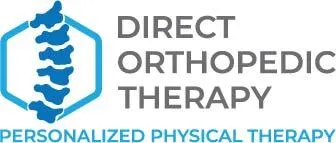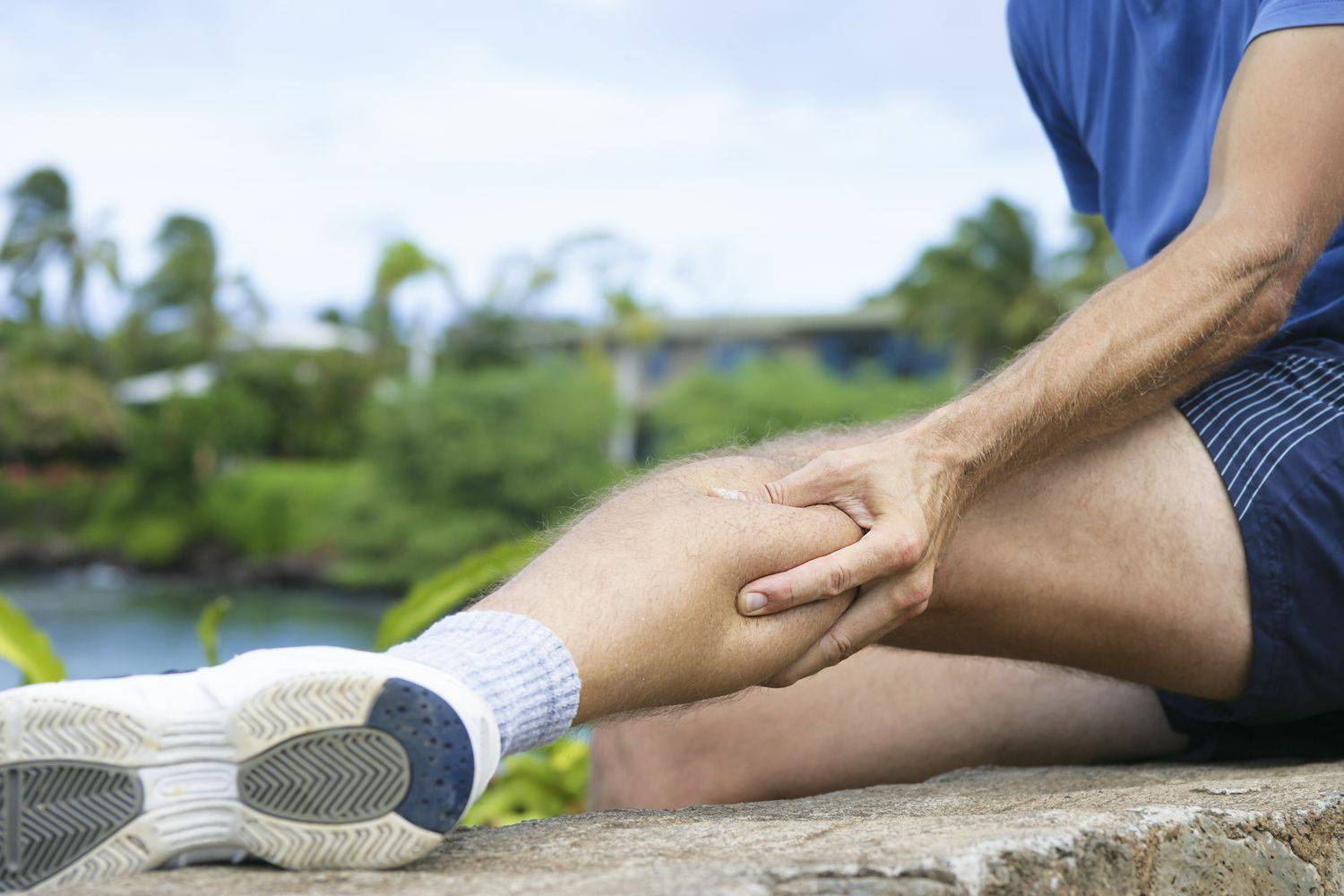Back pain can come from a lot of places — bad posture, lifting wrong, herniated discs, or just sitting too much. But here’s something most people (and even some providers) don’t talk about enough: tight calves can cause back pain, and it’s more common than you think.
It sounds strange, right? What do your lower legs have to do with your lower back? A lot, actually.
The body is a chain — everything’s connected. And if one part of the chain is too tight, overworked, or out of alignment, something else has to compensate. That’s how calf tightness ends up messing with your hips, pelvis, and ultimately… your back.
Understanding the Calf Muscles (And Their Role in Movement)
Your calves are made up of two primary muscles: the gastrocnemius and the soleus. Together, they handle plantarflexion — the motion that allows you to push off the ground when you walk, run, or climb stairs.
But they’re not just for power. The calf muscles also:
- Support your posture while standing
- Help absorb shock with every step
- Control forward movement of the tibia (shin)
- Influence foot and ankle mechanics
That last part is key. If your calves are tight or restricted, your ankle mobility drops, which affects how your knee, hip, and spine move. Over time, that throws off your whole kinetic chain.
Can Tight Calves Really Cause Back Pain?
Yes — and here’s how it happens:
1. Restricted Ankle Mobility = Compensation Up the Chain
Tight calves limit ankle dorsiflexion (the ability to bring your foot toward your shin). Without that mobility, your body has to compensate during walking, squatting, or standing. That often means:
- Excessive forward lean at the hips or spine
- Increased tension in the low back
- Poor hip hinge mechanics
- Altered gait patterns
All of that leads to more stress on the lumbar spine, especially if you’re active or on your feet a lot.
2. Pelvic Tilt and Postural Shifts
When your calf muscles are tight, your heel may lift sooner during walking or standing, tipping your pelvis forward. This anterior pelvic tilt increases the arch in your lower back, putting pressure on the facet joints and compressing spinal structures over time.
3. Disrupted Shock Absorption
Healthy calves absorb a ton of force every time your foot hits the ground. But when they’re tight and stiff, that force has to go somewhere — often straight to your knees, hips, and back.
4. Nerve Tension and Fascial Chains
Calf tightness can also irritate the sciatic nerve or restrict movement along the posterior fascial line — a connected tissue system that runs from the bottom of your feet to the top of your head. When that chain is restricted, tension radiates through your hamstrings, glutes, and spine.
Common Causes of Tight Calves
Calves get tight for a bunch of reasons — and most of them have nothing to do with your workout.
Sedentary Lifestyles
If you sit all day, your calves spend hours in a shortened position. Over time, that leads to reduced length and elasticity.
Poor Footwear
Wearing heels or shoes with poor arch support (including flat sandals or worn-out sneakers) can overload your calves and change your gait mechanics.
Overtraining or Improper Recovery
Running, cycling, or lifting without adequate mobility work can create chronic calf tightness.
Muscle Imbalances
Weak glutes, tight hamstrings, or overused quads can shift movement demands to your lower legs, tightening up the calves even more.
Neurological Tightness
Sometimes, calf tension isn’t just muscular — it’s protective. Your nervous system may be guarding due to past injury or instability higher up the chain.
At Direct Orthopedic Therapy, we assess all of this. Because treating the symptoms isn’t enough — we find the why.
How to Know if Tight Calves Are Causing Your Back Pain
Here are a few signs your calves might be involved:
- You feel stiff ankles or feet when you wake up or after sitting
- You can’t perform a proper squat without your heels lifting
- You get back pain after standing or walking for long periods
- You’ve had recurring calf tightness, Achilles issues, or plantar fasciitis
- You fail this quick calf flexibility test:
- Stand facing a wall, one foot back
- Try to bend the front knee while keeping the back heel on the ground
- Can’t get your knee past your toes without lifting your heel? That’s tight calves.
- Stand facing a wall, one foot back
If you check a few of those boxes, it’s worth getting a full movement assessment. Especially if traditional back pain treatments haven’t worked for you.
Diagnosis: What We Look for at Direct Orthopedic Therapy
At Direct Orthopedic Therapy, we don’t guess — we assess.
We start with a full movement screen to look at:
- Ankle and foot mobility
- Hip function and pelvic alignment
- Core engagement and posture
- Gait mechanics and load transfer
- Functional movements like squats and lunges
We also check for trigger points, fascial restrictions, and joint stiffness — especially in the lower extremities. If we find tight calves and a dysfunctional pattern, we know what to target.
We always screen for red flags too. Not all back pain is musculoskeletal — if there are signs of disc herniation, nerve compression, or other medical conditions, we’ll refer you to the right provider.
How to Treat Tight Calves and Relieve Back Pain
If your calves are the hidden cause of your back pain, the treatment plan has to do more than just stretch. It needs to restore balance, mobility, and strength throughout your lower body.
1. Dry Needling
We use deep tissue release, myofascial techniques, and dry needling to release stubborn calf tension and improve blood flow.
2. Stretching the Right Way
Here’s one of our go-to calf stretches:
- Stand facing a wall
- Step one foot back, keeping it flat on the ground
- Bend your front knee until you feel a stretch in the back calf
- Hold for 30 seconds, switch sides, repeat 3x/day
Want a deeper stretch? Do it on a step and drop your heel off the edge — just don’t bounce.
3. Ankle Mobility Drills
We focus on improving dorsiflexion with banded joint mobilizations, dynamic lunges, and eccentric calf work.
4. Strength and Stability
Once the calves are moving properly, we build up strength in the glutes, hamstrings, and core to take the pressure off your back for good.
5. Gait and Movement Re-Training
We make sure you’re walking, squatting, and lifting with proper form. If your calves are forcing you into bad mechanics, we fix that.
Preventing Tight Calves and Back Pain Long-Term
Once you’re out of pain, it’s all about maintenance. Here’s what we recommend:
- Stretch daily, especially after workouts or long periods of standing
- Warm up properly before training
- Use supportive footwear that fits your activity
- Strengthen your posterior chain (glutes and hamstrings are your back’s best friends)
- Stay mobile with foam rolling, massage, and active recovery days
- Don’t ignore calf soreness or tightness — it’s your body’s early warning system
When to Get Help
If your back pain keeps coming back.. If stretching gives short-term relief but the pain always returns… If you’ve never had your ankles or calves looked at during a back pain consult…
It’s time to book an appointment at Direct Orthopedic Therapy. We specialize in solving complex movement problems. That means we don’t just chase symptoms — we track down the actual cause. Whether it’s tight calves, poor hip mechanics, or something higher up the chain, we’ll figure it out and fix it — for good.Book your movement assessment today and take the first step toward long-term relief.



